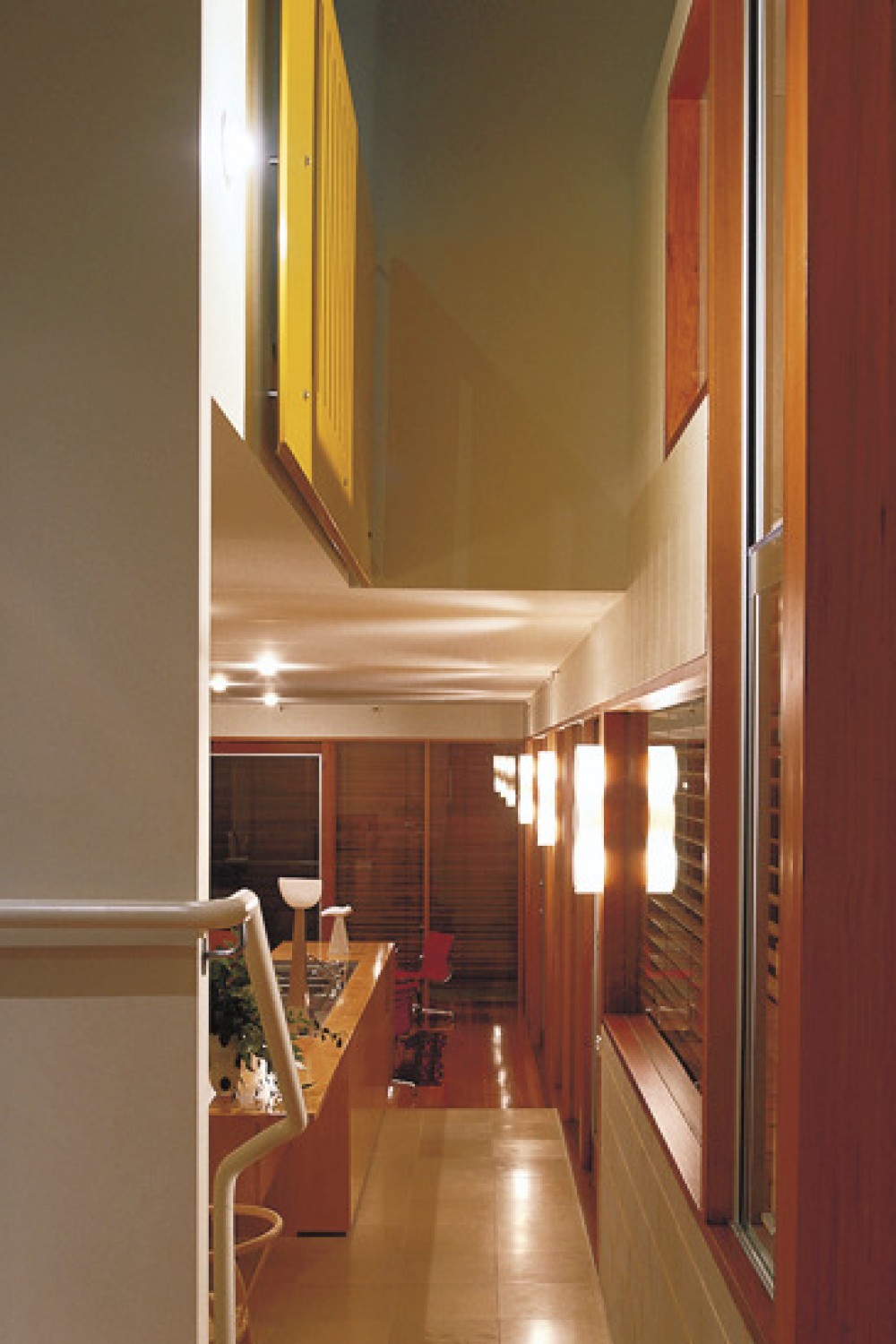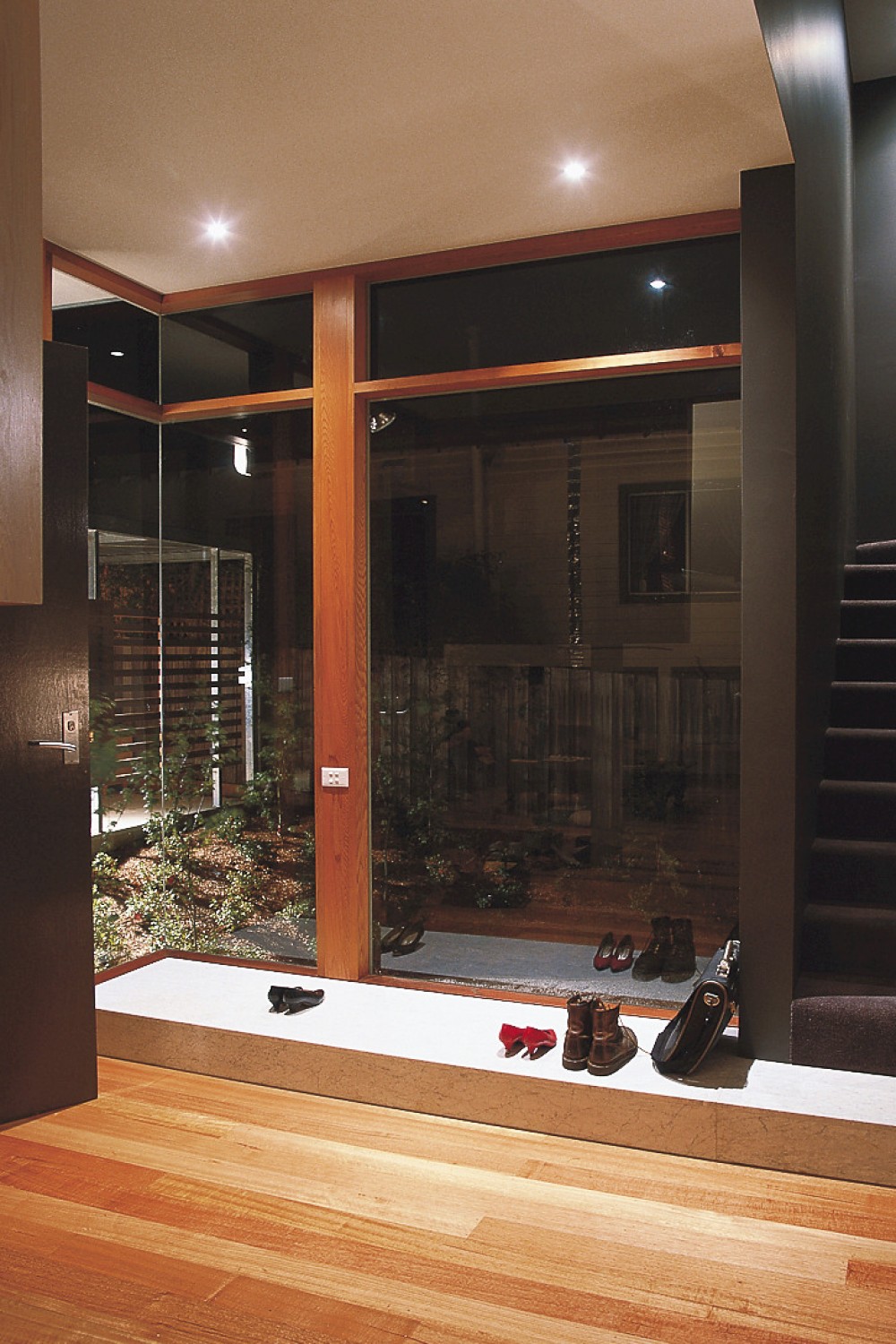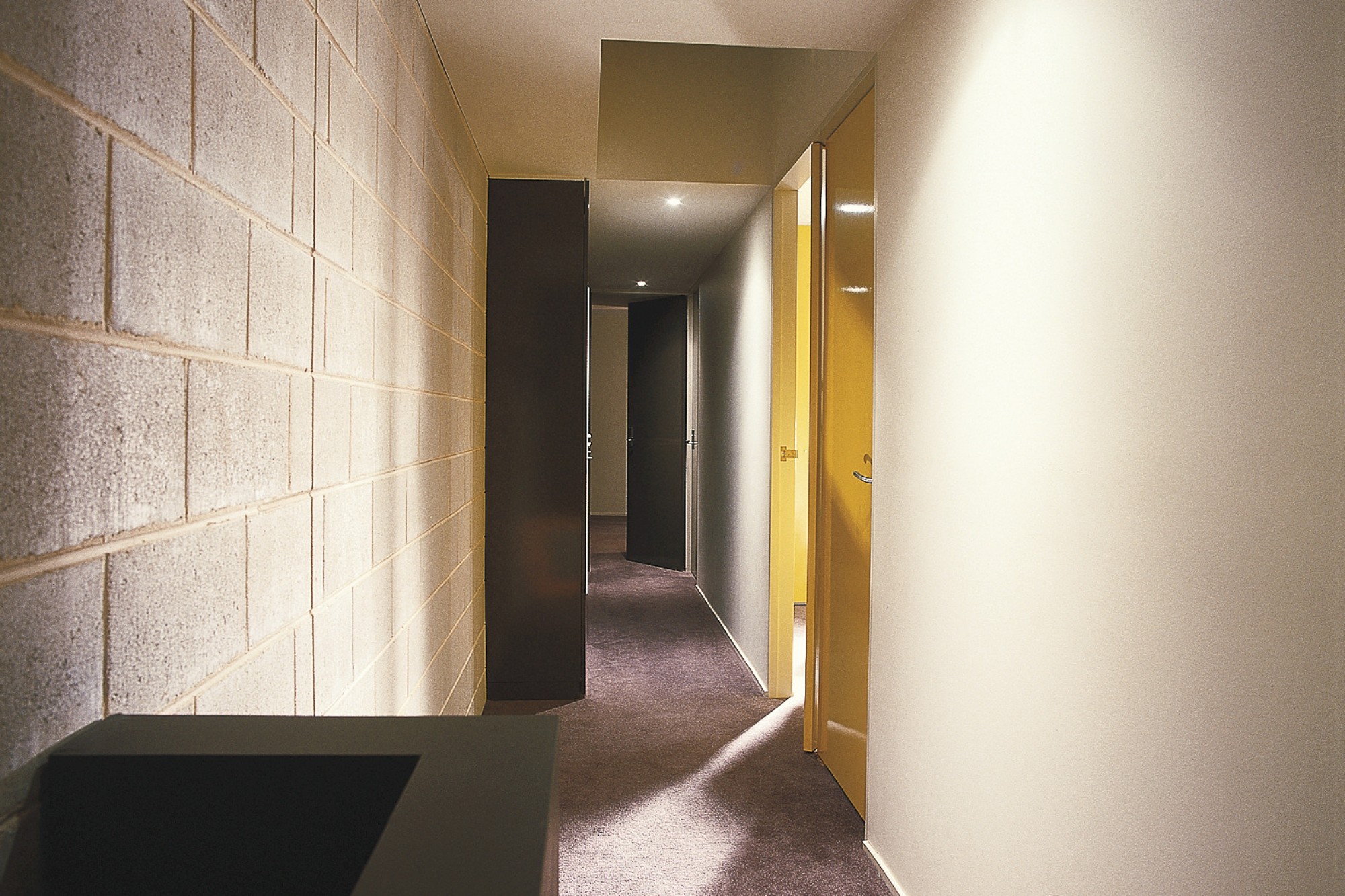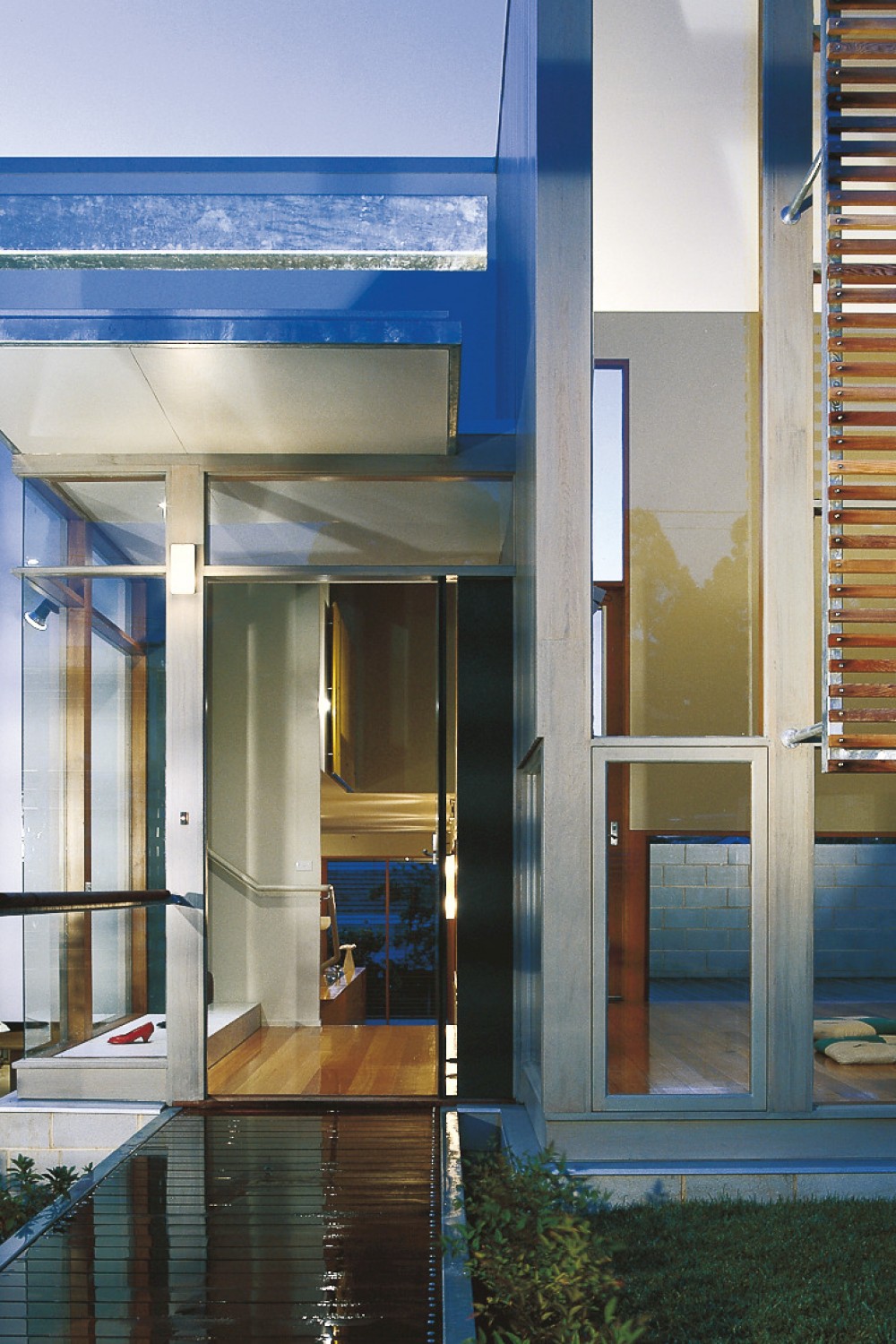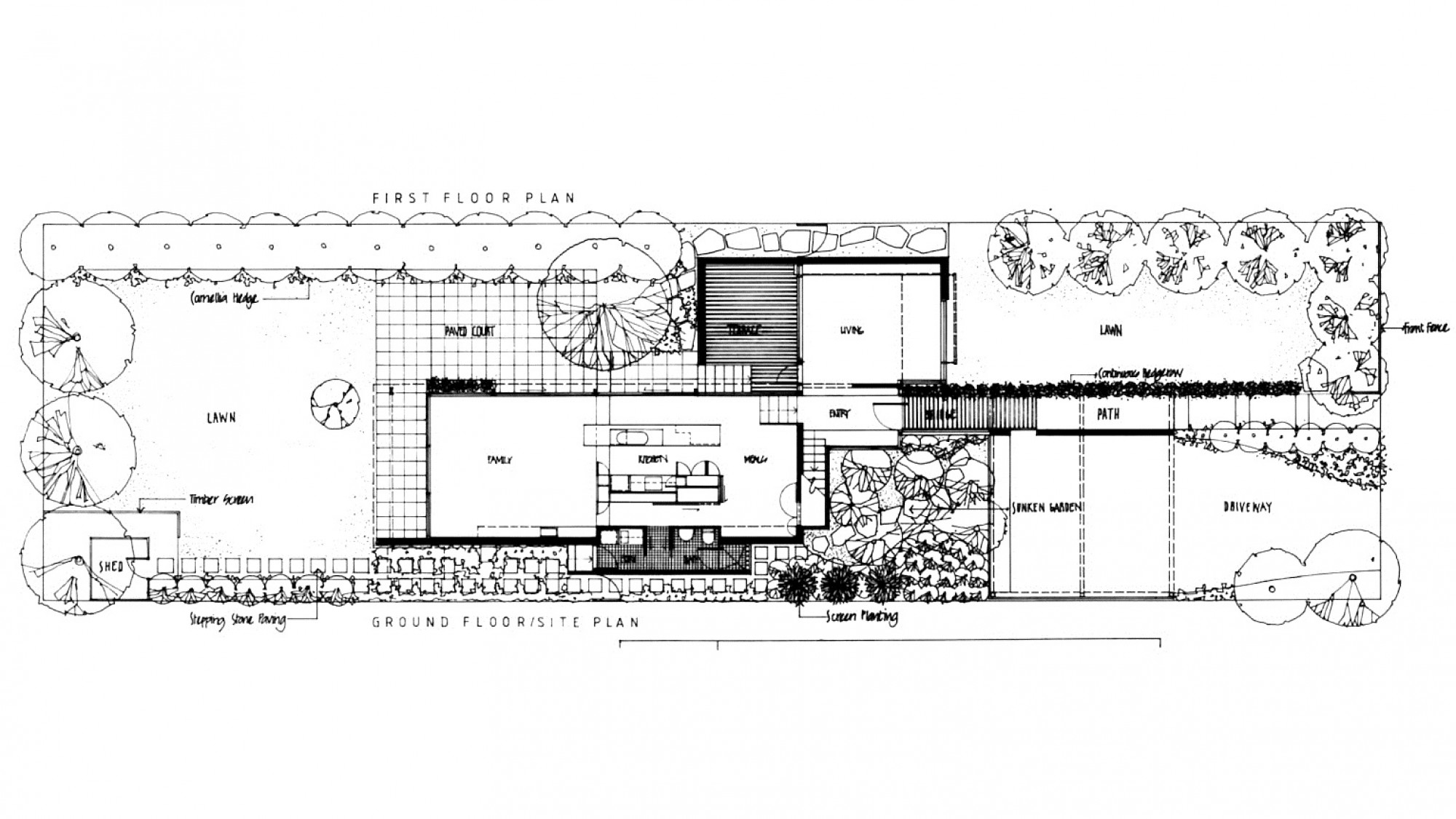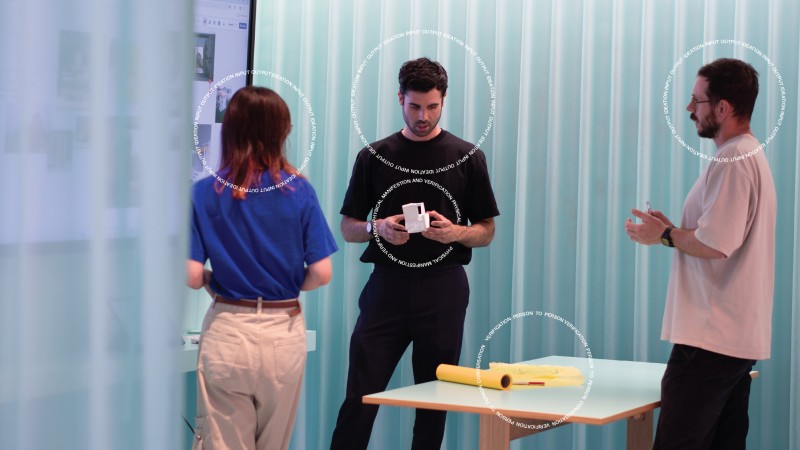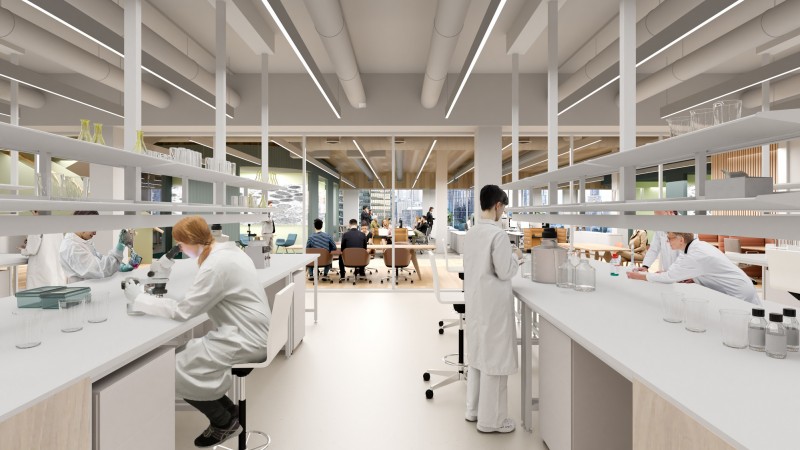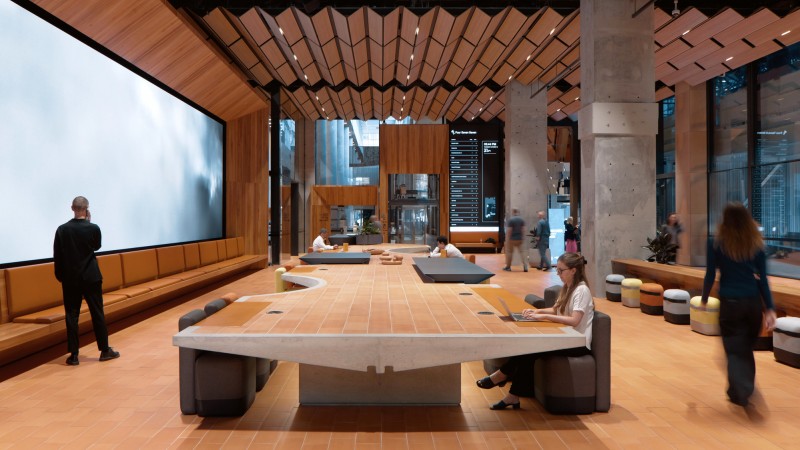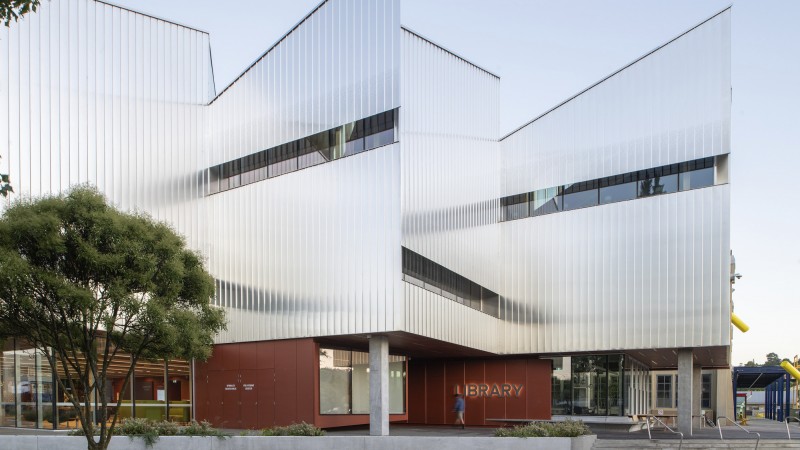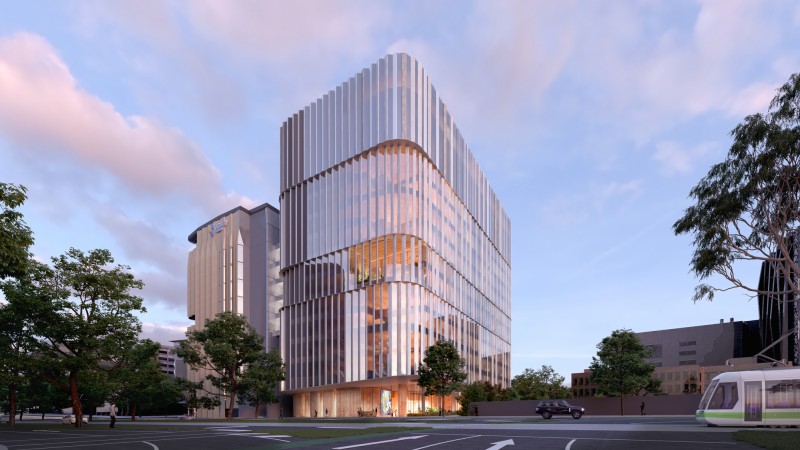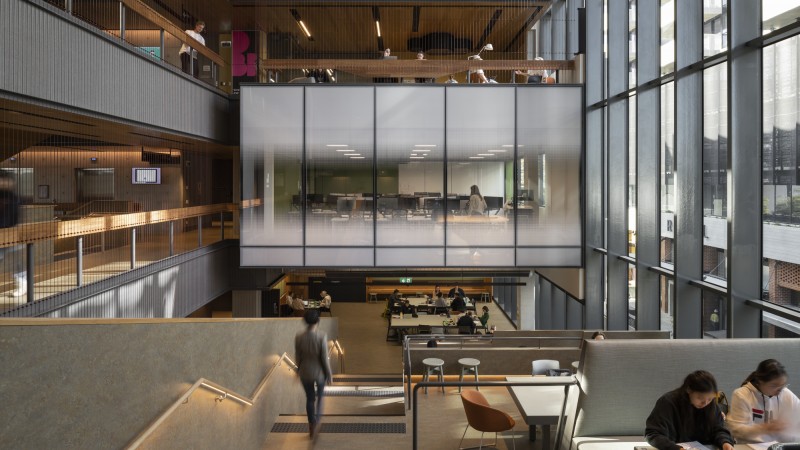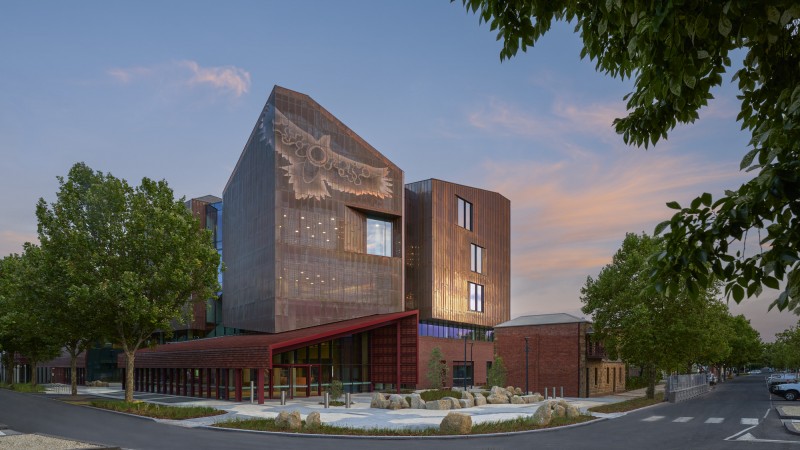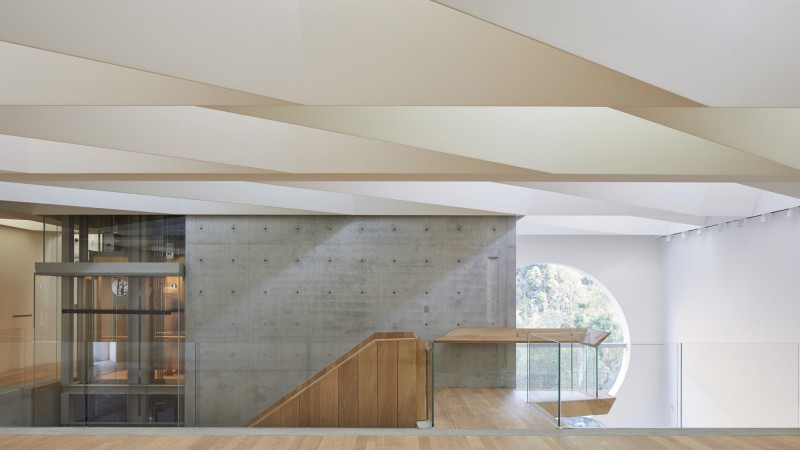Kitamura House
This engaging house balances aspects of Japanese culture with elements born of Australian suburban lifestyle.
We undertook long discussions with the client relating to habits, sensibilities and preferences within the Japanese culture to provide a framework of ideas. There are no conspicuous images of Japanese domestic architecture nor techniques for establishing proportion and scale such as tatami mats or shoji screens.
The plan unfolds as two linked pavilions. One contains the entry and formal spaces and living area, the other the informal living areas and kitchen at the ground floor level and bedroom, study and bathroom at the first floor level. The house steps through three changes of level following the natural gradient of the site, and another level is raised up and set on a concrete block-work podium.
The front elevation reveals the junction of these two parts meeting along the thickness of a continuous wall that runs the length of the house. The surfaces of both sides remain unchanged as exterior cladding becomes interior lining. Perpendicular wall junctions stop short to allow continuous vertical glazing to expose the transition.
A single alignment is created that reveals the gathering of each space. Steps at the street frontage become a path, then a bridge to the front door.
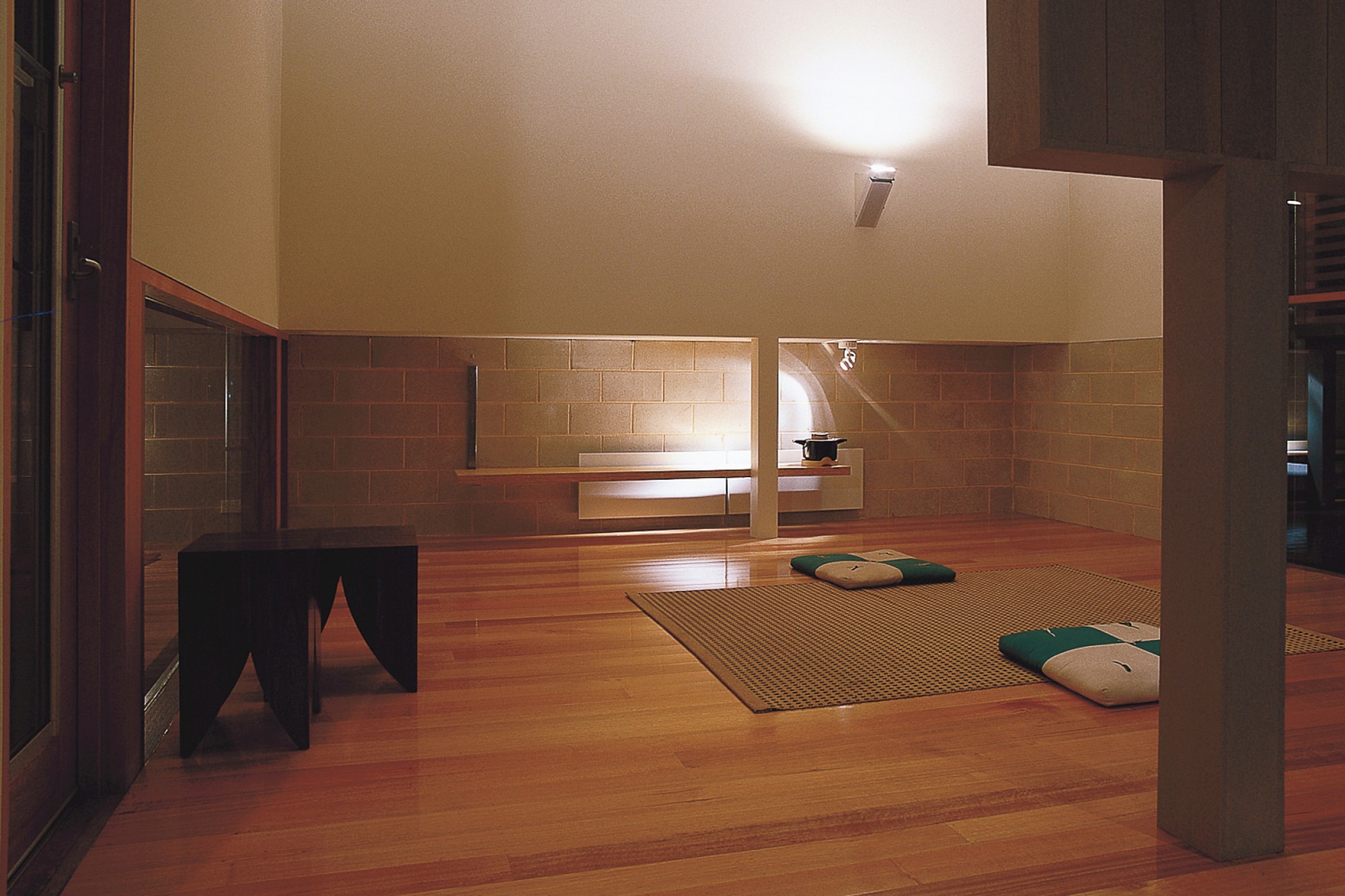
This is a house for a Japanese family that have lived in Melbourne for fourteen years. This home reflects their specific requirement that the Australian suburban lifestyle be balanced with their desire to maintain aspects of Japanese culture.
1997 RAIA Awards Jury
